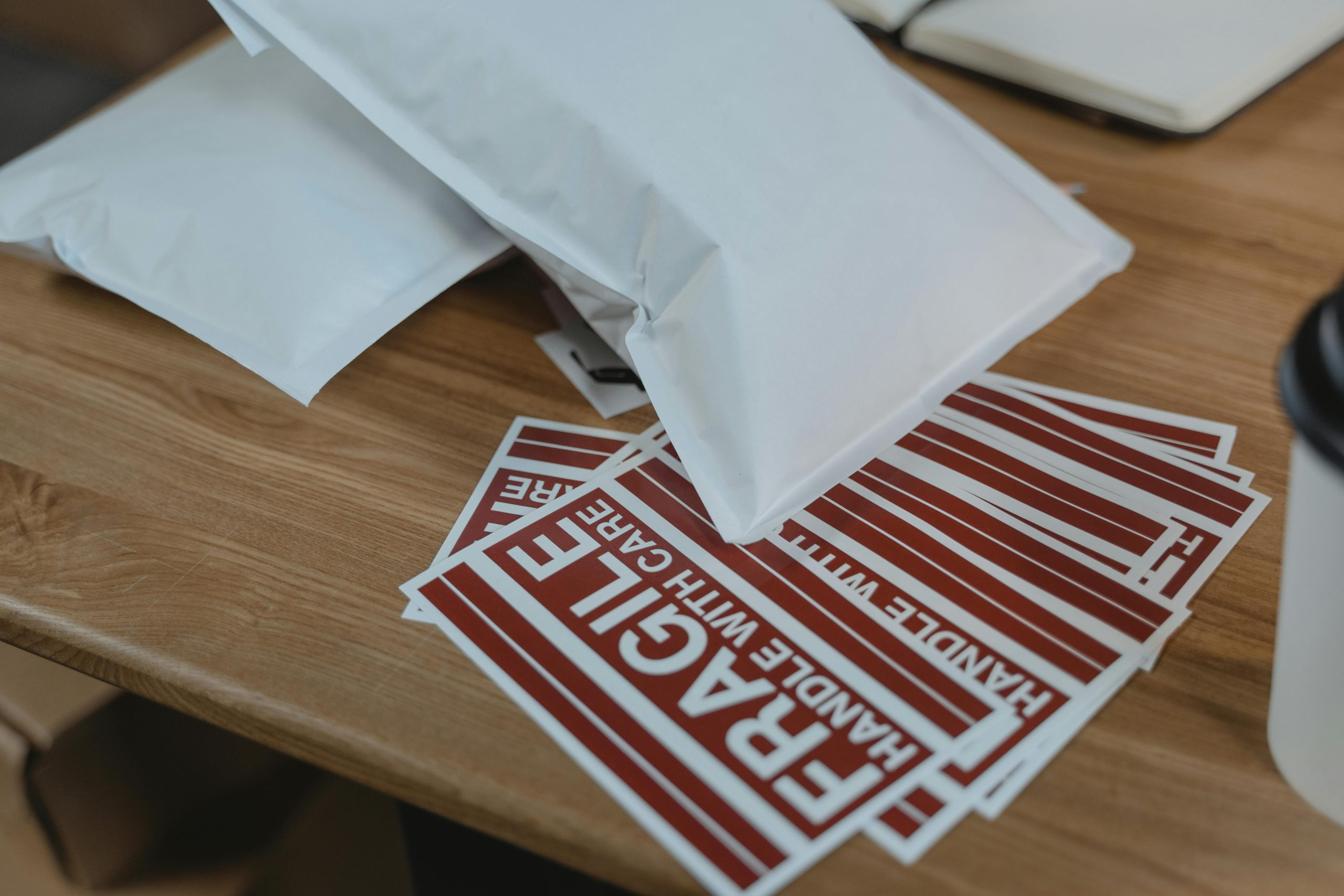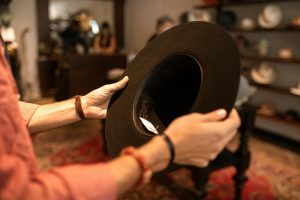3D-knitted and on-demand basics minimize storage and shipping waste
In today’s fast-paced world, sustainability and waste reduction are becoming increasingly important issues. The fashion industry, in particular, has been under scrutiny for its negative impact on the environment. With the rise of fast fashion and mass production, the amount of waste and carbon emissions in the fashion industry has reached alarming levels. However, a new trend is emerging that may hold the solution to these problems: 3D-knitted and on-demand basics. These innovative techniques not only minimize storage and shipping waste but also offer a new level of customization and efficiency. Let’s explore how 3D-knitted and on-demand basics are revolutionizing the fashion industry.
The rise of 3D-knitted and on-demand basics
In traditional clothing production, large amounts of fabric are cut into specific patterns and then sewn together to create a garment. This process leads to substantial fabric waste, as many small pieces are discarded during the cutting process. Additionally, the pre-cut fabric pieces require storage space and transportation, which not only increases costs but also contributes to carbon emissions.
This is where 3D-knitted and on-demand basics come in. Using advanced technology, these techniques allow for the creation of a garment without any cutting. Instead, the garment is knitted or woven to the exact dimensions and shape required, eliminating the need for fabric waste and minimizing storage and shipping waste. This innovative approach not only reduces waste but also offers a more efficient and sustainable solution to clothing production.
Efficient and sustainable production
One of the most significant benefits of 3D-knitted and on-demand basics is their efficiency. With traditional production methods, clothing items are often mass-produced in large quantities, resulting in overproduction. As a result, many items go unsold and end up in landfills, contributing to the fashion industry’s waste problem.
On the other hand, 3D-knitted and on-demand basics allow for the creation of garments on an as-needed basis, reducing the risk of overproduction. This not only minimizes waste but also reduces the costs associated with storing and disposing of excess inventory. In addition, since these garments are created with minimal fabric waste and require less transportation, they also have a lower carbon footprint, making them a more sustainable option for the environment.
Customization and personalization
Another significant advantage of 3D-knitted and on-demand basics is the level of customization they offer. Traditional clothing production follows a one-size-fits-all approach, resulting in limited options for consumers. However, with 3D-knitted and on-demand basics, each garment is made to order, allowing for a personalized fit and style.
This level of customization not only offers a more comfortable and flattering fit but also promotes a more sustainable approach to fashion. Customers are more likely to hold on to a well-fitted and personalized garment, reducing the need for fast fashion and constant clothing purchases.
The future of fashion
The fashion industry accounts for approximately 10% of global carbon emissions, making it one of the most polluting industries in the world. However, with the rise of 3D-knitted and on-demand basics, there is hope for a more sustainable future. These techniques not only reduce waste and carbon emissions but also offer a more efficient and customer-centric approach to fashion production.
As more brands adopt 3D-knitted and on-demand basics, we can expect to see a shift towards a more sustainable and personalized fashion industry. Consumers are becoming more aware of the environmental impact of their purchasing decisions, and with the increasing availability of sustainable options, the demand for eco-friendly fashion is on the rise.
Conclusion
Innovative techniques such as 3D-knitted and on-demand basics are revolutionizing the fashion industry. By minimizing storage and shipping waste, these techniques offer an efficient and sustainable solution to clothing production. With a focus on customization and personalization, 3D-knitted and on-demand basics are paving the way for a more sustainable and customer-centric future in fashion.










